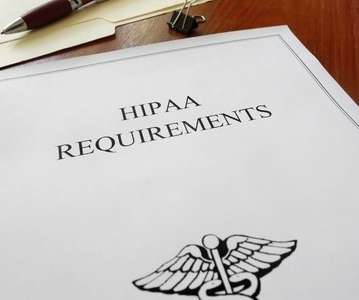Nurse Researcher Wants to Change How Providers Think About Health Literacy
Scrubs
FEBRUARY 14, 2023
If patients are having trouble following the latest health recommendations, providers can engage with the community to better understand why these problems persist. I felt at the time there was this sort of revolving door in acute care. has a health literacy problem of its own.























Let's personalize your content